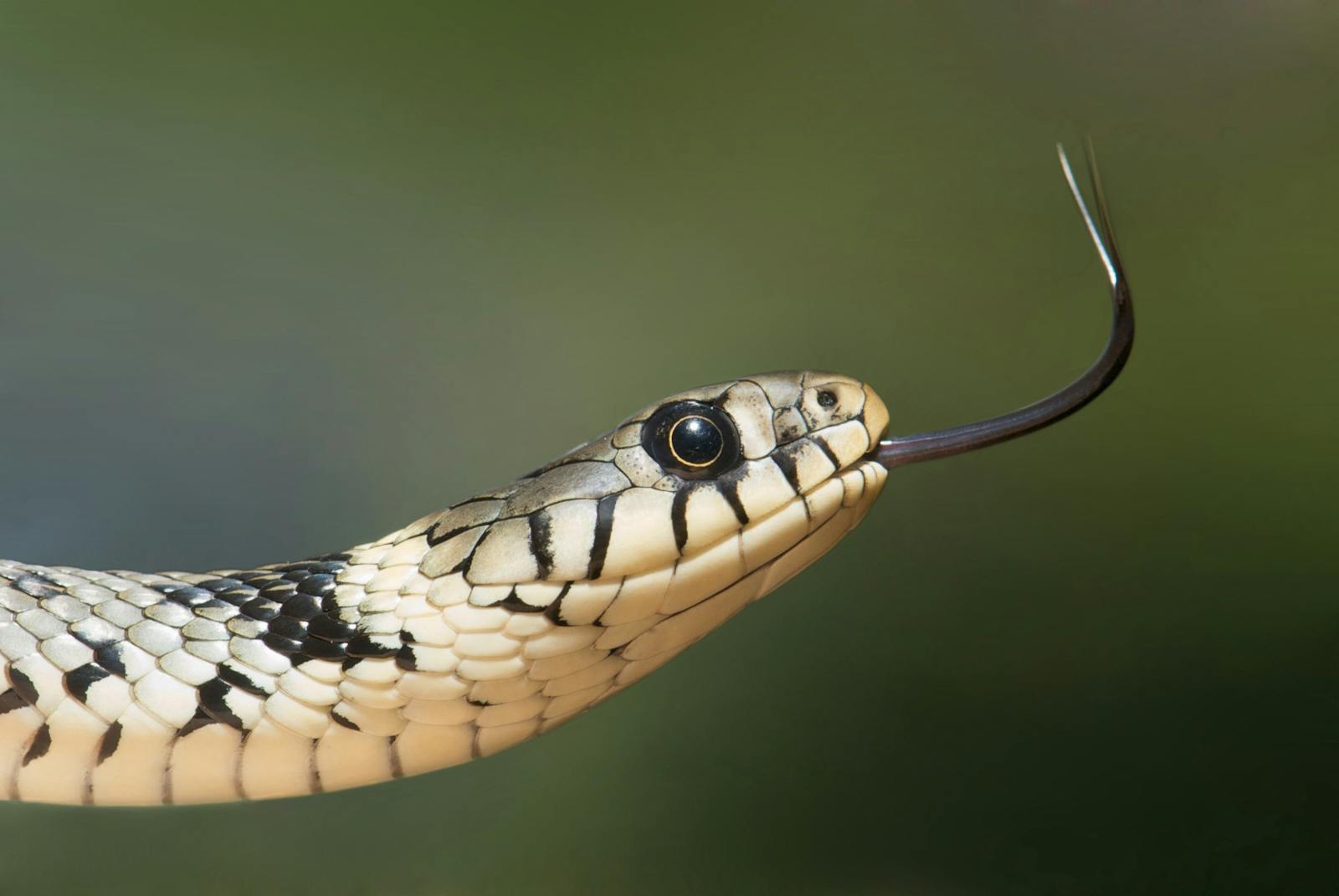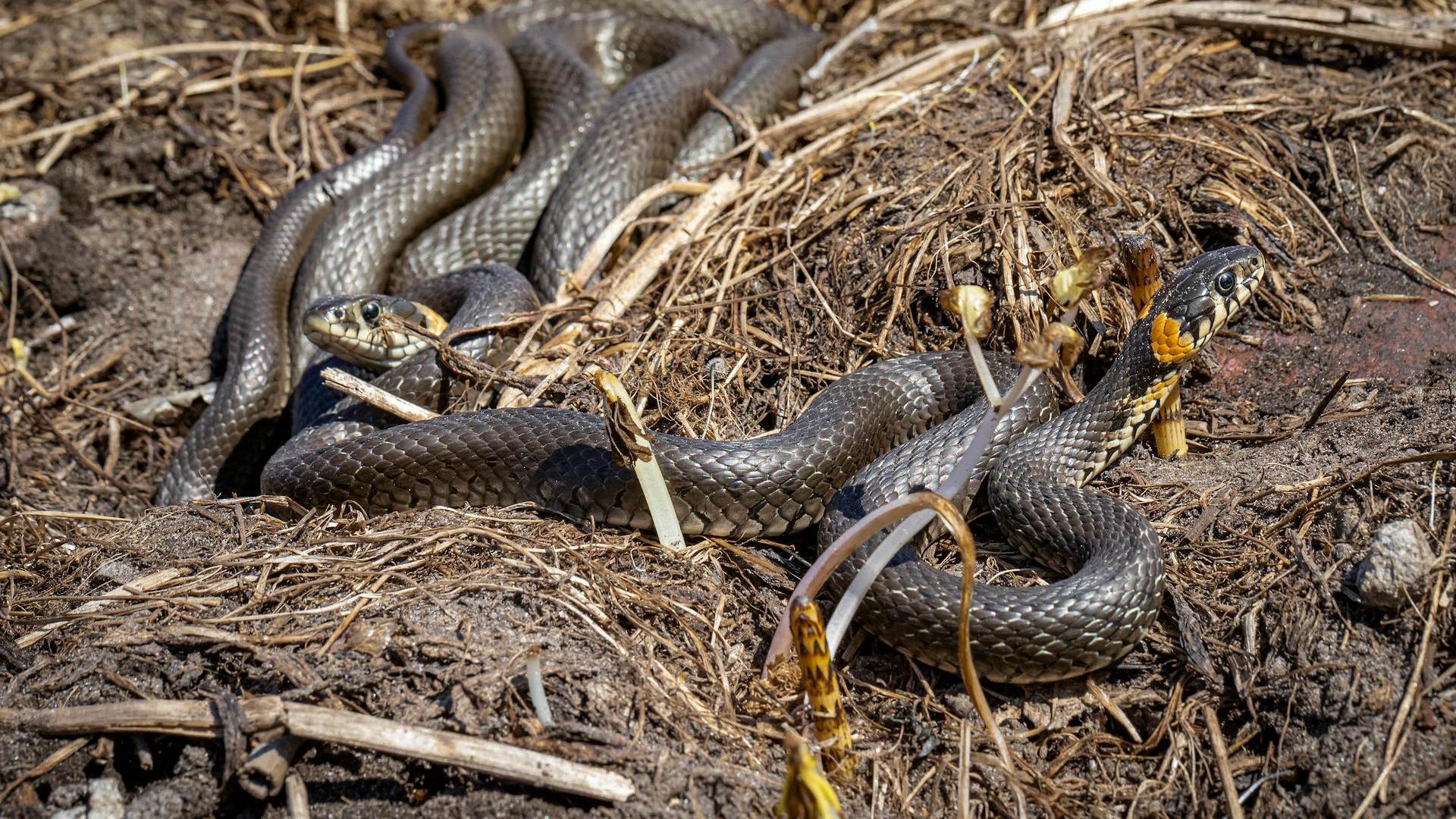The animal kingdom harbors countless fascinating creatures, but few inspire as much fear and awe as venomous snakes. These remarkable reptiles have evolved sophisticated venom delivery systems that help them hunt prey and defend against threats. While many people simply want to avoid all venomous snakes, scientists and herpetologists have long studied these animals, including the comparative potency of their venoms. Determining which snake possesses the most potent venom isn’t straightforward – it depends on how we measure toxicity, the delivery mechanism, and even the specific prey or victim. Let’s slither into this fascinating topic and explore the world’s most venomous serpents, how their toxins work, and what makes certain species particularly deadly.
Understanding Venom Potency: LD50 and Beyond
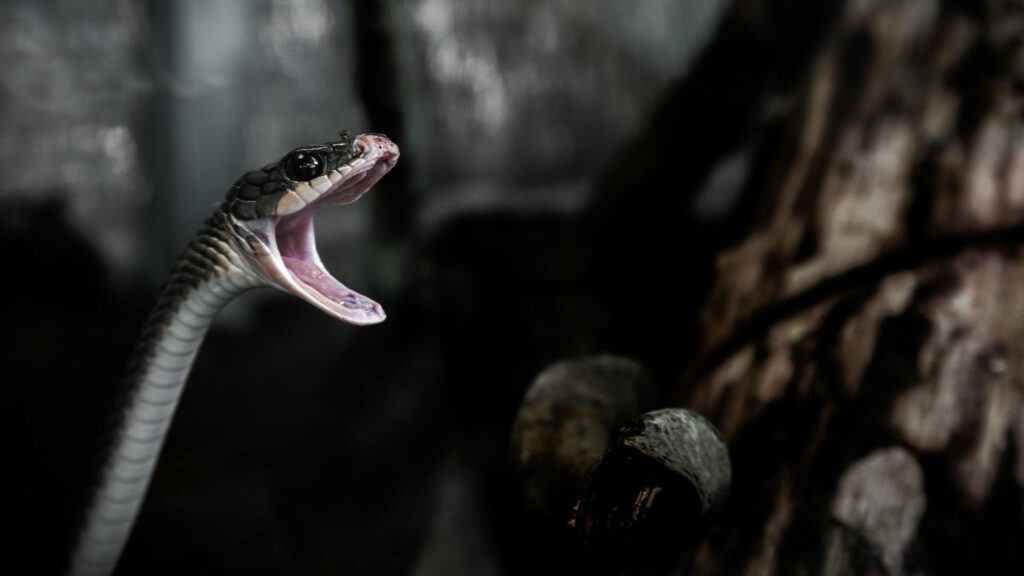
When discussing snake venom potency, scientists primarily use a measurement called the LD50 value (Lethal Dose 50%), which represents the amount of venom required to kill 50% of a test population (typically laboratory mice). The lower the LD50 value, the more potent the venom, as less is needed to cause death. However, this laboratory measurement doesn’t tell the complete story of real-world danger, as it doesn’t account for venom yield (how much venom is injected in a typical bite), fang length, the snake’s temperament, or its likelihood to deliver a full envenomation. Some extremely potent venoms might come from snakes that rarely bite humans or deliver minimal venom when they do, making them less dangerous than species with moderately potent venom but aggressive temperaments and large venom yields.
The Inland Taipan: King of Venom Potency
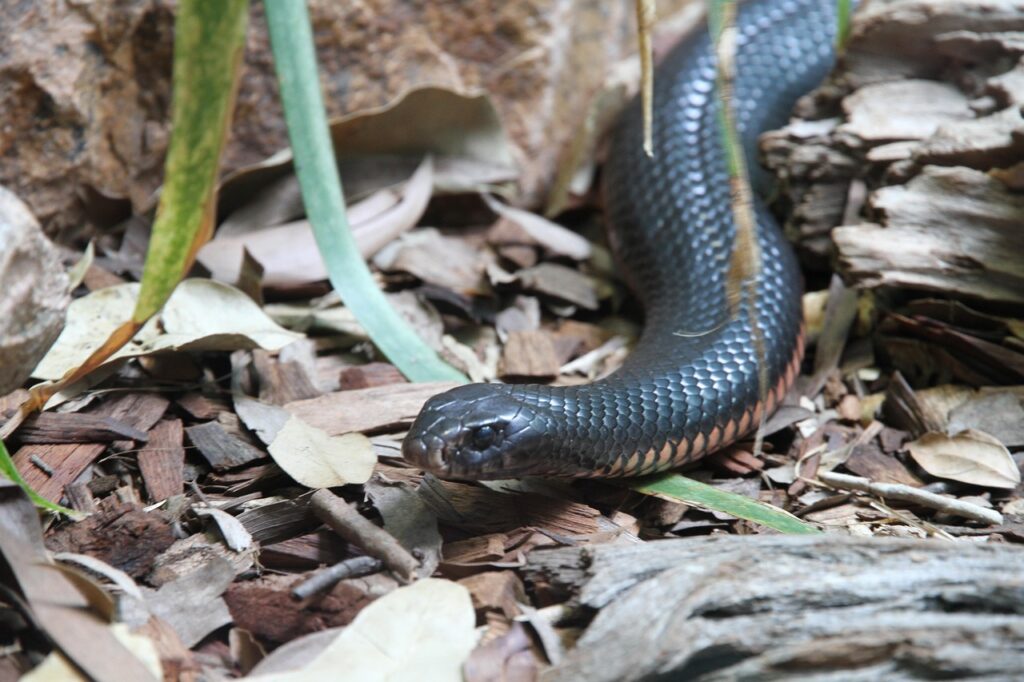
By the strict measure of venom toxicity (LD50), the Inland Taipan (Oxyuranus microlepidotus), also known as the “fierce snake” or “small-scaled snake,” possesses the most potent venom of any land snake. Native to the arid regions of central east Australia, this snake’s venom is estimated to be approximately 100-200 times more toxic than that of a common cobra. A single bite from an Inland Taipan contains enough venom to kill about 100 adult humans or 250,000 mice. Interestingly, despite having the most potent venom, the Inland Taipan is relatively shy and reclusive, preferring to avoid confrontation, and human bites are exceedingly rare, with no recorded fatalities in recent history thanks to its remote habitat and non-aggressive nature.
The Eastern Brown Snake: Australia’s Deadly Neighbor

The Eastern Brown Snake (Pseudonaja textilis) ranks second in venom toxicity but tops the list of snakes responsible for fatal bites in Australia. This species is particularly dangerous because it inhabits populated areas, has an aggressive defense posture when threatened, and delivers fast, multiple strikes. Its venom contains potent neurotoxins and coagulants that can cause paralysis, uncontrollable bleeding, cardiovascular collapse, and death within hours if left untreated. The Eastern Brown Snake has adapted well to suburban environments, making encounters with humans more frequent than with the more venomous but reclusive Inland Taipan. Each year, Eastern Browns are responsible for more snakebite deaths in Australia than any other species, demonstrating that real-world danger isn’t solely determined by venom potency.
Coastal Taipan: Lightning-Fast and Lethal
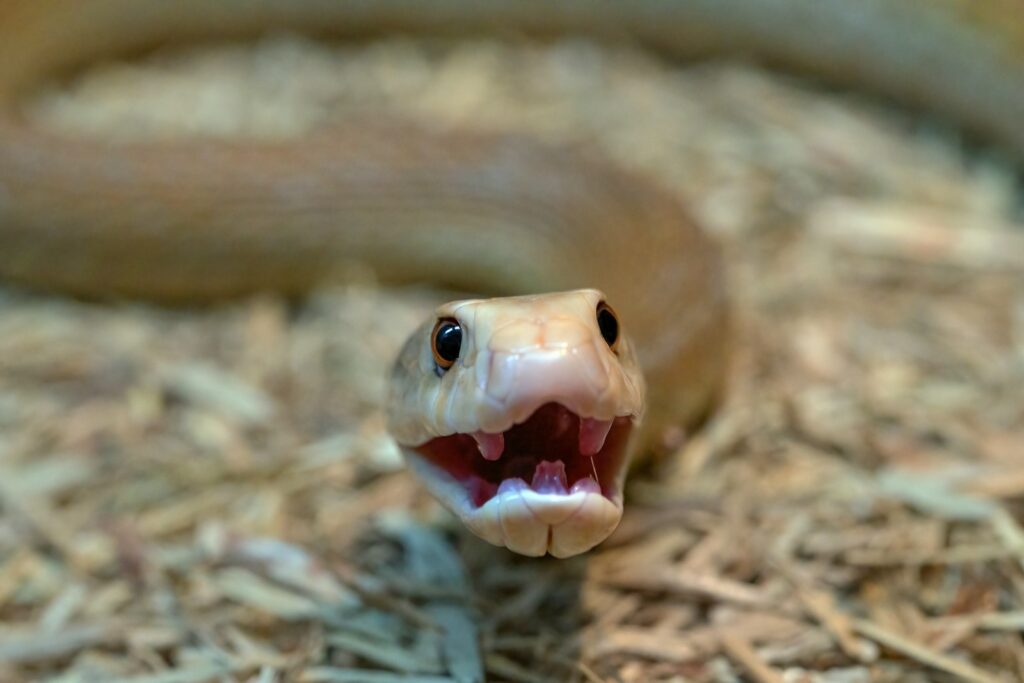
The Coastal Taipan (Oxyuranus scutellatus) possesses the third most potent venom among land snakes and is considered one of the most dangerous snakes in Australia. Unlike its inland cousin, the Coastal Taipan is found in populated coastal regions of northern and eastern Australia and southern New Guinea, increasing the likelihood of human encounters. This snake is notorious for its speed and agility, with strike speeds so fast they can barely be tracked by the human eye. The Coastal Taipan’s venom contains a mixture of neurotoxins, myotoxins, and coagulants that attack the nervous system, muscles, and blood. Before the development of antivenom in 1956, the mortality rate from Coastal Taipan bites approached 100%, with death occurring sometimes within just a few hours.
Sea Snakes: Hidden Dangers of the Ocean
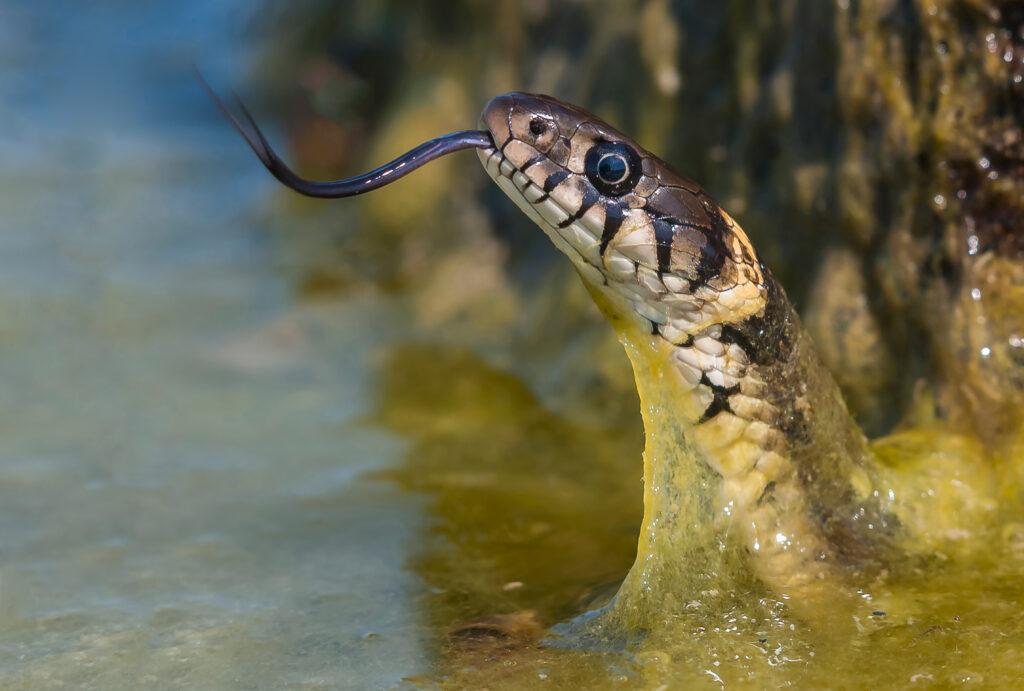
While land snakes often dominate discussions of venom potency, many sea snakes possess extraordinarily toxic venom, with the Beaked Sea Snake (Hydrophis schistosus) and the Dubois’ Sea Snake (Aipysurus duboisii) containing some of the most potent venoms known. These marine reptiles have evolved especially toxic venom to quickly immobilize fish that might otherwise swim away after being bitten. The Belcher’s Sea Snake (Hydrophis belcheri), once thought to have the most potent venom of any snake, remains highly venomous but newer research has disputed its placement at the top of the toxicity list. Fortunately, despite their potent venom, sea snakes are generally docile and rarely bite humans unless severely provoked, and their small fangs often struggle to penetrate wetsuit material, reducing the risk to divers.
The Black Mamba: Africa’s Speed Demon

While not ranking in the top three for pure venom potency, the Black Mamba (Dendroaspis polylepis) of sub-Saharan Africa deserves special mention for being among the most dangerous snakes in the world due to a combination of factors. This snake possesses neurotoxic venom that, while less potent than the taipans drop-for-drop, is delivered in large quantities through long fangs. The Black Mamba can strike repeatedly, injecting substantial amounts of venom with each bite. What makes the Black Mamba particularly feared is its speed (up to 12.5 mph), aggression when cornered, and the rapidity with which its venom can kill (potentially within 20 minutes, though typically 2-3 hours). Before antivenom became widely available, the mortality rate from untreated Black Mamba bites approached 100%, earning it the grim nickname “kiss of death.”
The King Cobra: Size and Specialized Venom
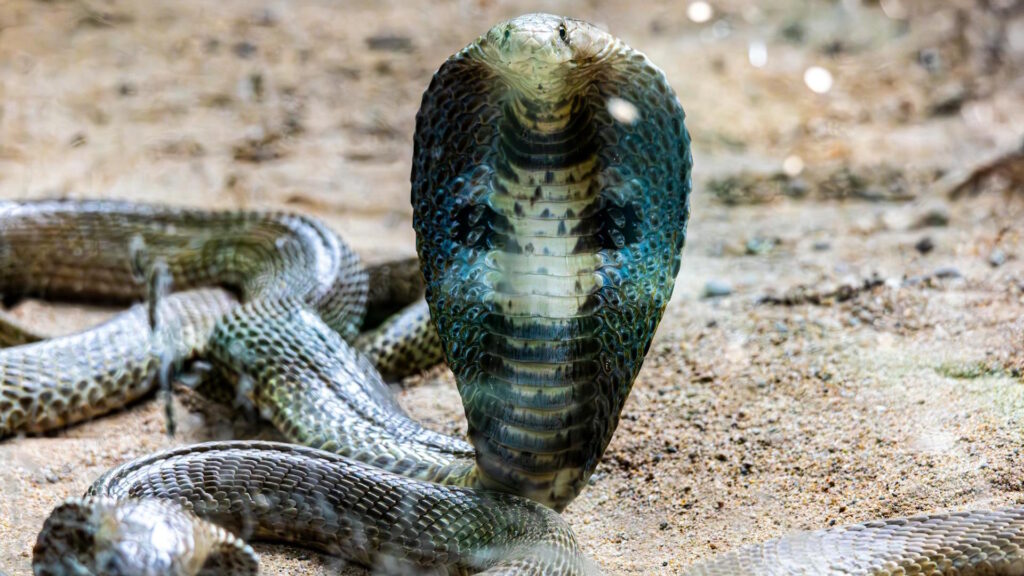
The King Cobra (Ophiophagus hannah) holds the title of the longest venomous snake in the world, capable of growing over 18 feet in length. While its venom is not among the most potent drop-for-drop, the King Cobra compensates by delivering enormous quantities—up to 7ml in a single bite, enough to kill an elephant or 20 adult humans. What makes the King Cobra’s venom particularly interesting is its specialization; as the only snake that predominantly preys on other snakes (ophiophagy), its venom has evolved specifically to target reptilian nervous systems. The King Cobra is also one of the few snake species that will actively defend its nest, making it potentially more dangerous during breeding season. Despite its fearsome reputation, the King Cobra generally avoids humans and uses its impressive hood display and loud hiss as warning signals before resorting to biting.
The Boomslang: Deceptively Dangerous
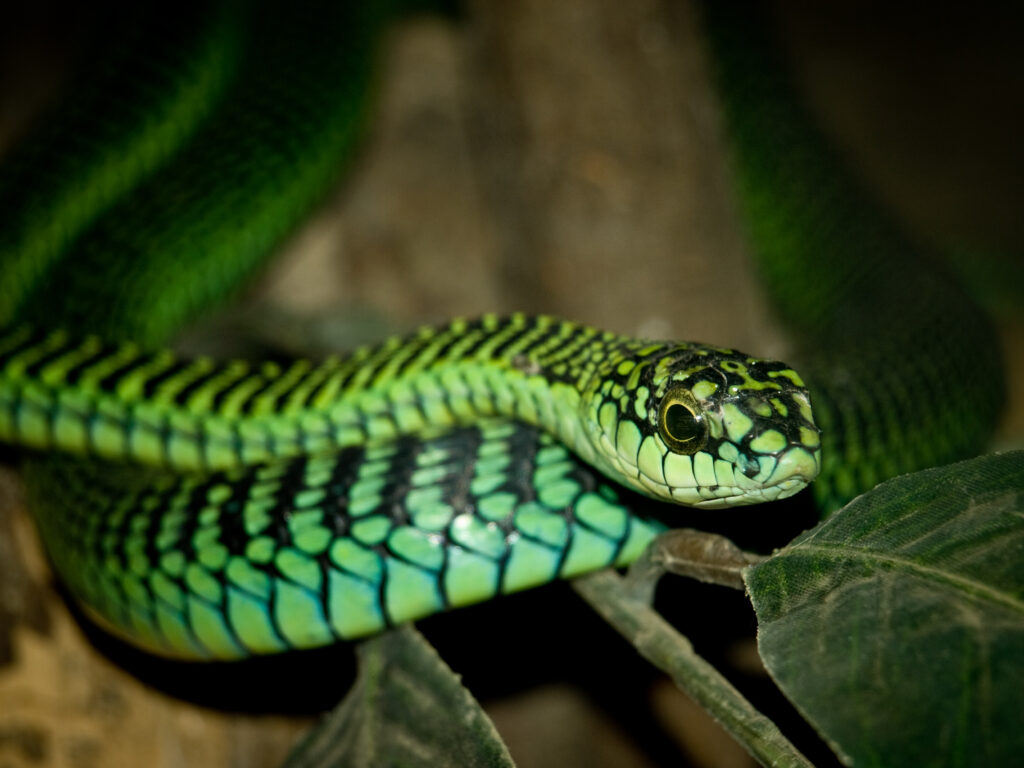
The Boomslang (Dispholidus typus) of sub-Saharan Africa provides a fascinating case study in how our understanding of snake venom has evolved. Until the 1950s, the Boomslang was considered harmless to humans due to its rear-fanged design, which requires it to chew to deliver venom effectively. This misconception changed dramatically when herpetologist Karl Schmidt died after being bitten by a Boomslang and dismissing the severity of the bite. The Boomslang’s venom is hemotoxic, causing catastrophic disruption to blood clotting mechanisms and resulting in internal bleeding throughout the body. What makes the Boomslang particularly dangerous is the delayed onset of symptoms, sometimes taking 24-48 hours to manifest, by which time treatment may be too late. Despite having less potent venom than the taipans, the Boomslang’s unique venom action and the large quantities it can deliver make it one of Africa’s most dangerous snakes.
The Russell’s Viper: A Public Health Crisis
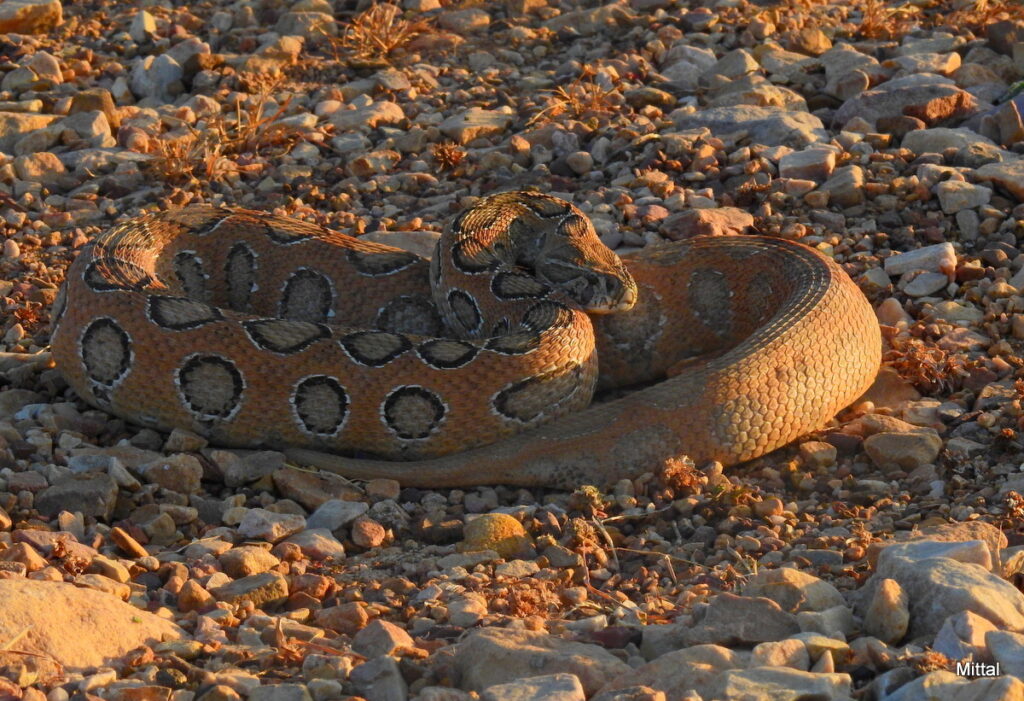
When considering real-world impact rather than just laboratory toxicity measurements, the Russell’s Viper (Daboia russelii) stands out as one of the world’s deadliest snakes. Found throughout Asia, this snake is responsible for the majority of fatal snake bites in its range, causing more human deaths annually than any other snake species. The Russell’s Viper’s venom contains a potent mixture of hemotoxins and cytotoxins that cause severe tissue damage, hemorrhaging, kidney failure, and often death if untreated. What makes this snake particularly dangerous is its prevalence near human habitations, especially agricultural fields where farmers working barefoot are vulnerable to bites. In some regions of India, rural hospitals maintain specialized “Russell’s Viper wards” to deal with the high volume of bites, highlighting the enormous public health impact of this species despite not having the most potent venom by LD50 measurements.
Different Types of Snake Venom and Their Effects
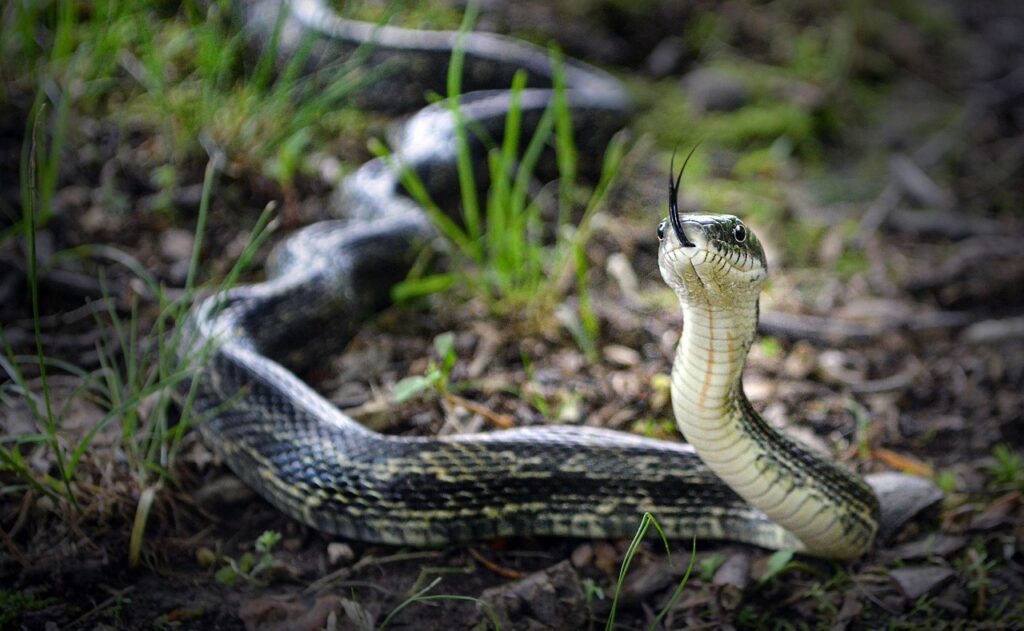
Snake venoms are complex cocktails of proteins that have evolved specifically to kill or immobilize prey, and they fall into three main categories based on their primary effects. Neurotoxic venoms, common in elapids like cobras and mambas, attack the nervous system, causing paralysis that can lead to respiratory failure. Hemotoxic venoms, prevalent in vipers, destroy blood cells, disrupt clotting, and damage blood vessels, causing internal bleeding and tissue destruction. Cytotoxic venoms cause immediate and extensive tissue damage and necrosis around the bite site. Many snakes produce venoms that combine multiple toxin types, creating unique and complex effects that can be challenging to treat. Understanding these venom types is crucial for developing effective antivenoms and treatment protocols, as different venom components require different medical approaches.
Antivenom Development and Treatment
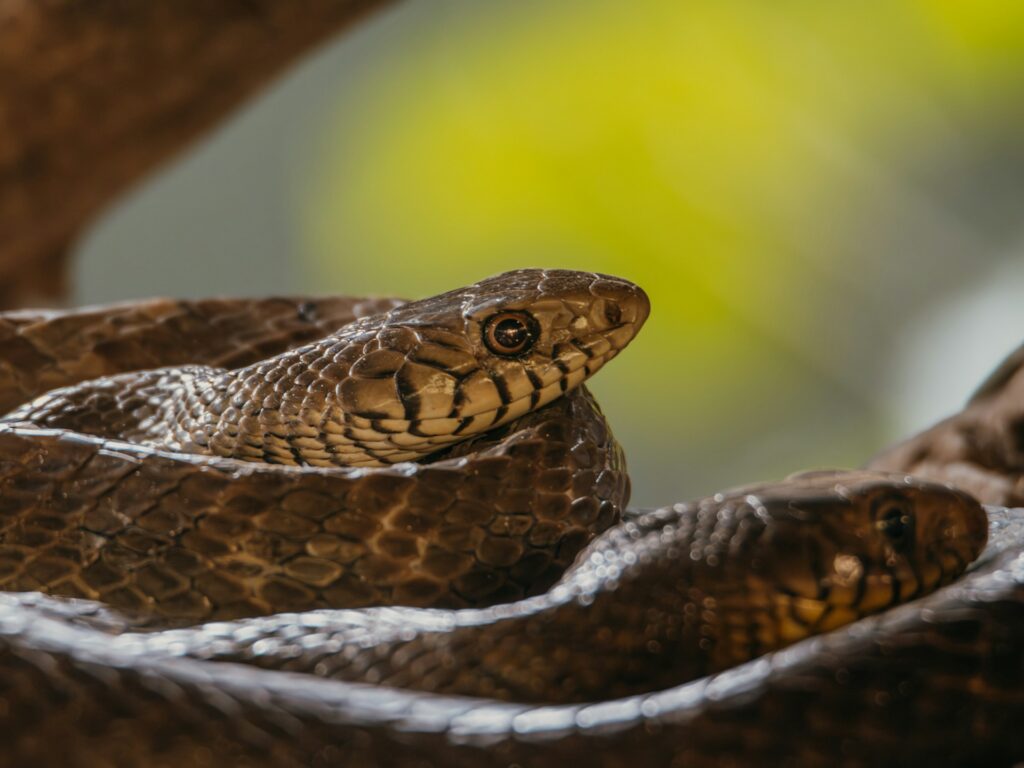
The development of antivenoms represents one of the great medical advances in combating snake envenomation, dramatically reducing fatality rates worldwide. Antivenom production typically involves injecting diluted snake venom into horses or sheep, whose immune systems produce antibodies that can neutralize the venom’s toxic effects. These antibodies are then harvested, purified, and prepared for human use. Despite their effectiveness, antivenoms face significant challenges, including their species-specific nature (an antivenom for one snake may not work against another), limited shelf life, refrigeration requirements, and potential for causing allergic reactions. The World Health Organization has declared snakebite envenoming a neglected tropical disease, highlighting the continued need for research into more effective, affordable, and stable antivenoms that can be readily available in remote areas where the most dangerous snakes often live alongside human populations.
Conservation Status and Human Impact
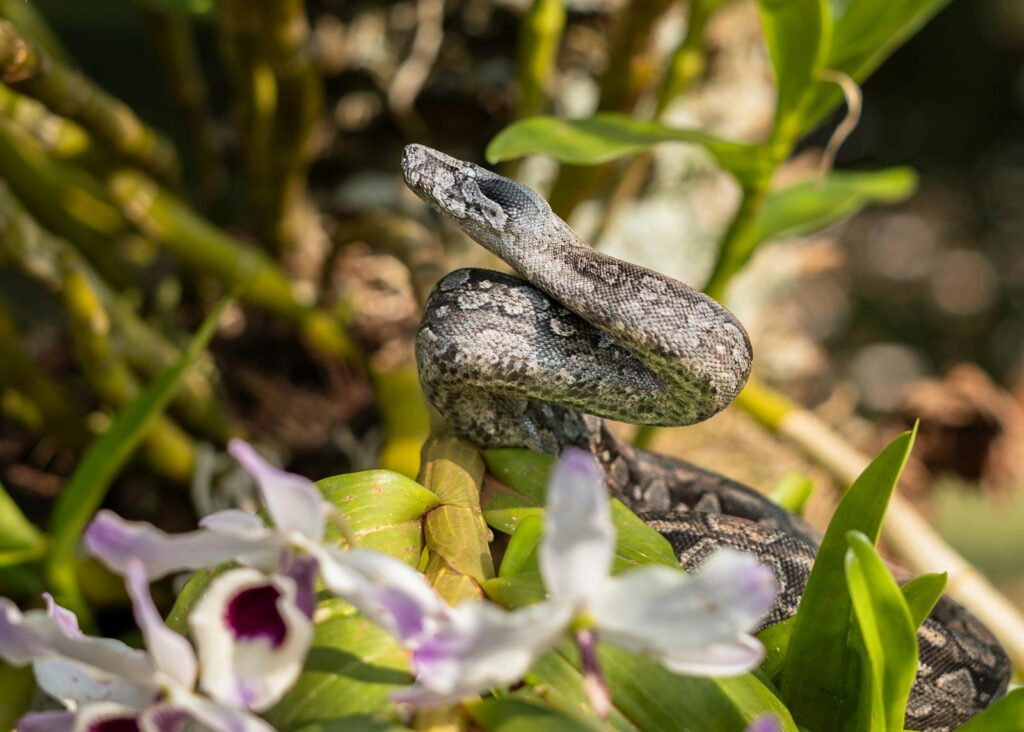
Ironically, many of the world’s most venomous snakes face threats from the very humans who fear them. Habitat destruction, climate change, road mortality, and deliberate killing due to fear have caused significant population declines in many venomous snake species. The King Cobra is now listed as vulnerable on the IUCN Red List, while many other venomous species face similar threats. From an ecological perspective, venomous snakes play crucial roles in controlling rodent populations and maintaining ecosystem balance. The loss of these predators can lead to cascading effects throughout food webs, including increases in disease-carrying rodents. Conservation efforts for venomous snakes face unique challenges due to negative public perception, but education programs highlighting their ecological importance and teaching safe coexistence strategies have shown success in reducing both snake mortality and human envenomation cases in several regions.
The Future of Venom Research: From Deadly to Healing
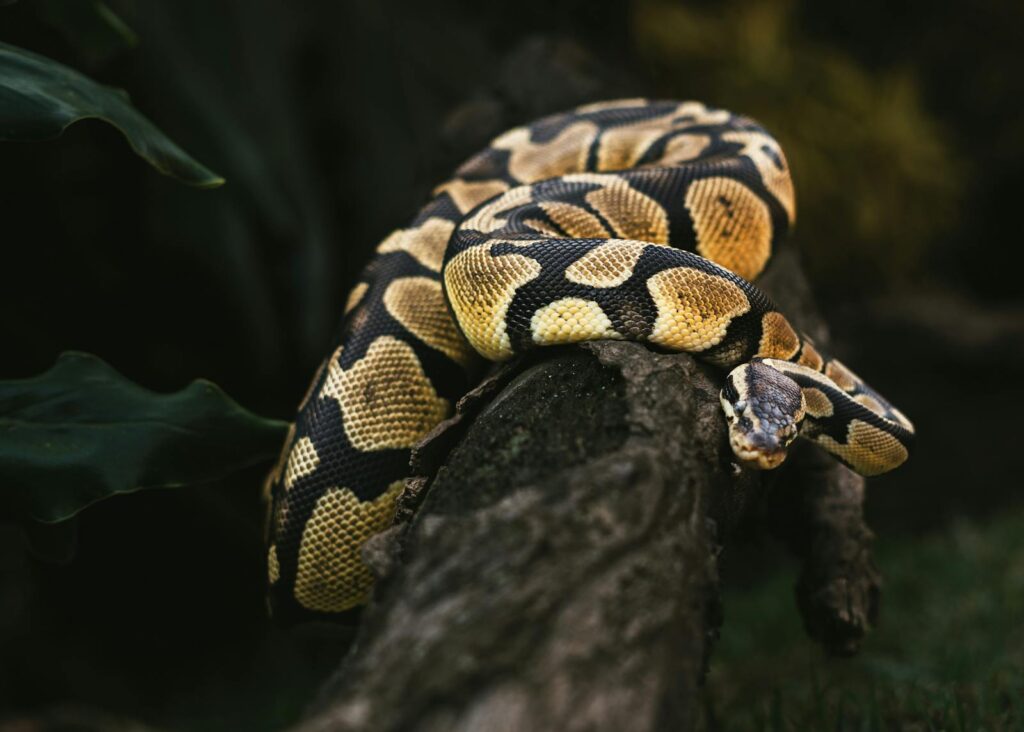
While snake venoms have evolved to kill, scientists are increasingly harnessing their unique properties for medical breakthroughs. The highly specific way that venom components target physiological processes makes them valuable templates for drug development. Captopril, the first ACE inhibitor developed for treating hypertension, was derived from pit viper venom, while other venom-based medications treat heart attacks, blood clots, and chronic pain.
Researchers are currently investigating venom components for potential applications in treating cancer, diabetes, multiple sclerosis, and even COVID-19. The field of venomics—the study of venoms using genomic and proteomic approaches—is rapidly expanding our understanding of venom composition and evolution. As our knowledge grows, the snakes with the most potent venoms may ultimately prove to be valuable sources of life-saving medications, transforming these feared creatures into unexpected allies in human health.
In conclusion, determining which snake has the “most potent” venom depends greatly on how we define and measure potency. By strict laboratory LD50 measurements, the Inland Taipan reigns supreme with venom estimated to be 100-200 times more toxic than a common cobra’s. However, real-world danger incorporates many factors beyond mere toxicity, including venom yield, delivery mechanism, snake temperament, habitat overlap with humans, and the availability of medical care.
This explains why snakes like the Russell’s Viper or Eastern Brown Snake cause more human fatalities despite having less potent venom than the shy Inland Taipan. As we continue to study these remarkable animals, we’re discovering that their deadly venoms may hold keys to medical breakthroughs, perhaps one day saving more lives than they take. This transformation—from deadly weapons to healing tools—represents one of the most fascinating aspects of venom research, offering a compelling reason to protect even the most venomous species in our midst.

